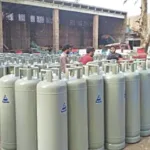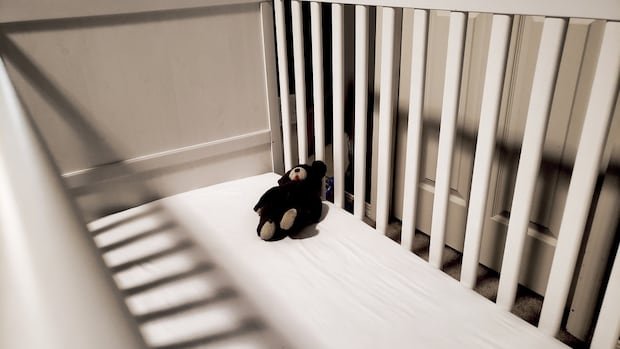Babies and children up to four years could breathe plasticizers and other chemicals of their mattresses while sleeping, suggests a Canadian study.
Federal regulations establish limits in some phthalates or plasticizers, which are added substances to products to make them more flexible.
Miriam Diamond, an environmental chemistry of the University of Toronto, and her team designed an experiment to estimate how much of the compounds are released in the sleeping area of a child from 16 different mattresses.
In the Tuesday edition of the magazine Environmental Science and TechnologyThe researchers reported that two of the proven mattresses did not comply with the Canadian regulations for two phthalates and two plasticizers in consumer products.
Regulations are based on potential damage to human health and the environment. For example, when babies are exposed to phthalates in the house dust, studies suggest that it is associated with a higher risk of asthma.
Diamond said she was motivated to try to understand the impact of chemicals on children, since babies sleep up to 18 hours a day.
“They are in intimate contact with their mattress in that environment to sleep,” Diamond said in an interview. “Children inhale 10 times more air than adults, so that gives the opportunity to be exposed to chemicals in air much more than adults.”
The study did not include brands, but the researchers said the mattresses were bought for $ 50 to $ 105 in the main retail stores in Canada.
Suggested mitigation measures
Diamond’s laboratory has previously informed about how children can be exposed to phthalates and plasticizers inhaling them, absorbing them through the skin, ingesting dust or putting their hands, clothes and toys in their mouths.
The researchers said it is known that the chemicals found in the mattresses are associated with developmental and hormonal disorders.
Diamond suggested that parents wash the bedding and pajamas frequently, since they are protective barriers of mattresses, and reduce the amount of items in children’s beds, such as toys.
The researchers also suggested that manufacturers improve their products, so they comply with regulations and their own product certifications. They should also improve manufacturing practices to minimize involuntary pollution and only use such chemicals when necessary.
Specifically, the researchers found that a mattress contained high levels of tris (2-cloreyl) phosphate, or TCEP, which has prohibited its use in Canada since 2014 and is considered a carcinogen.
Chris Carlsten, a professor of medicine at the University of British Columbia, has studied how phthalates can damage human respiratory tract.
“These are chemicals, I think we should not all want to have in these mattresses of children,” said Carlsten, who did not participate in the latest investigations.
He called the recommendation to wear bedding and non -toxic clothes “wise”, adding that it is also met for adults.
Children are more susceptible given their developing bodies, said Carlsten.
Health Canada said that he is carefully reviewing the findings and other information available to identify any risk to human health or breach of the legislative or regulatory requirements, and that “it will take appropriate measures to protect people in Canada.”
The funds for research were provided by a scholarship scholarship of the University of Toronto and the Postgraduate Scholarship of Ontario and by the Science and Engineering Research Council of Natural de Canada.








